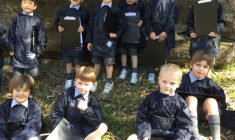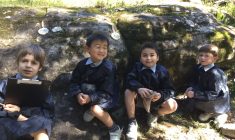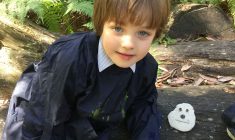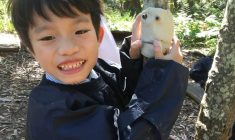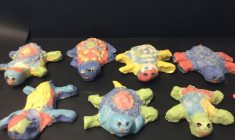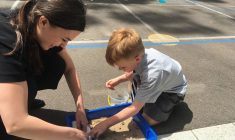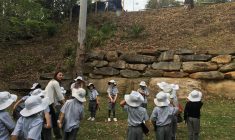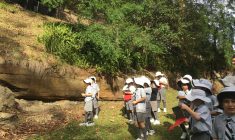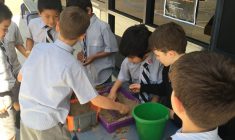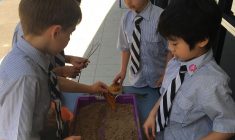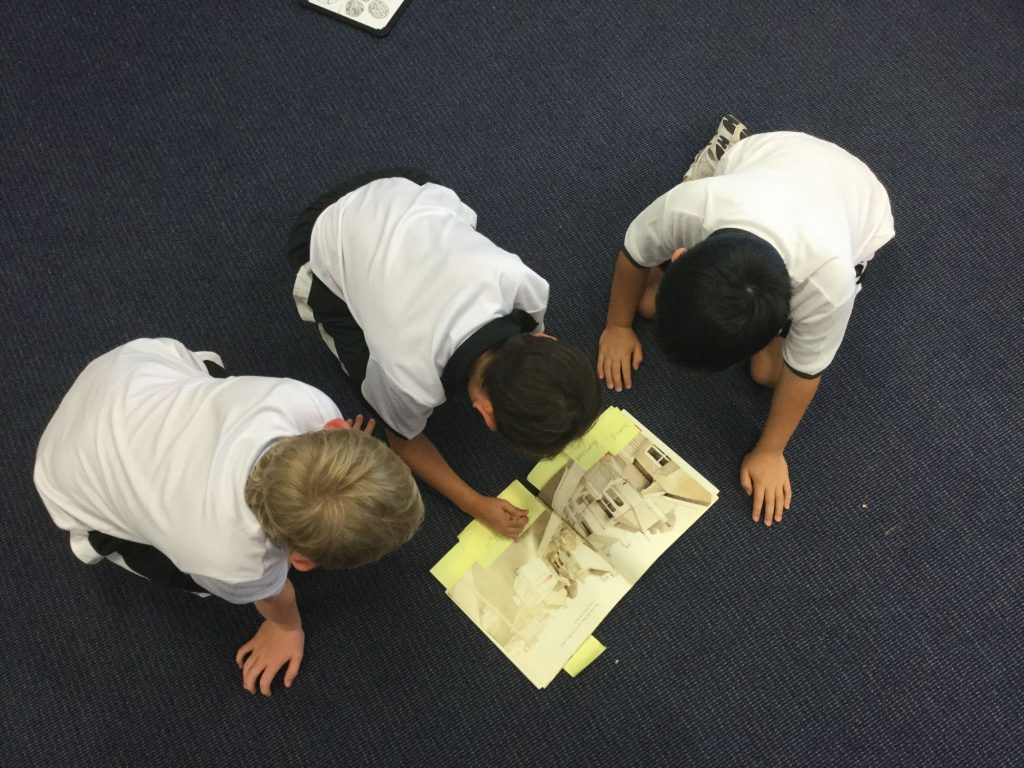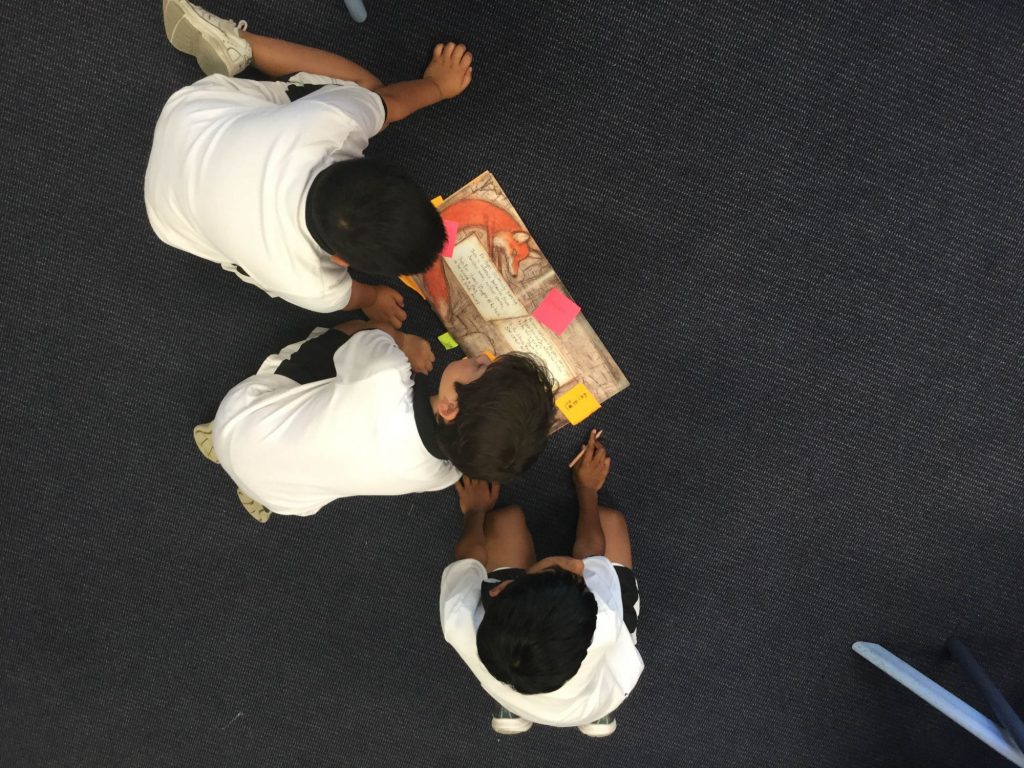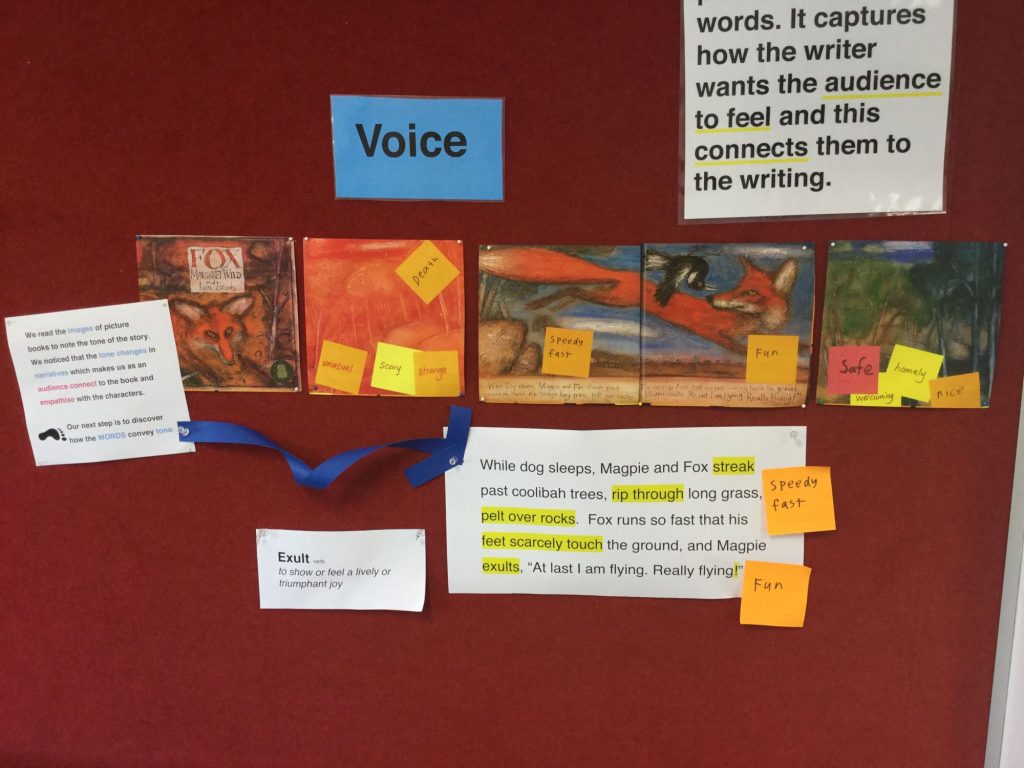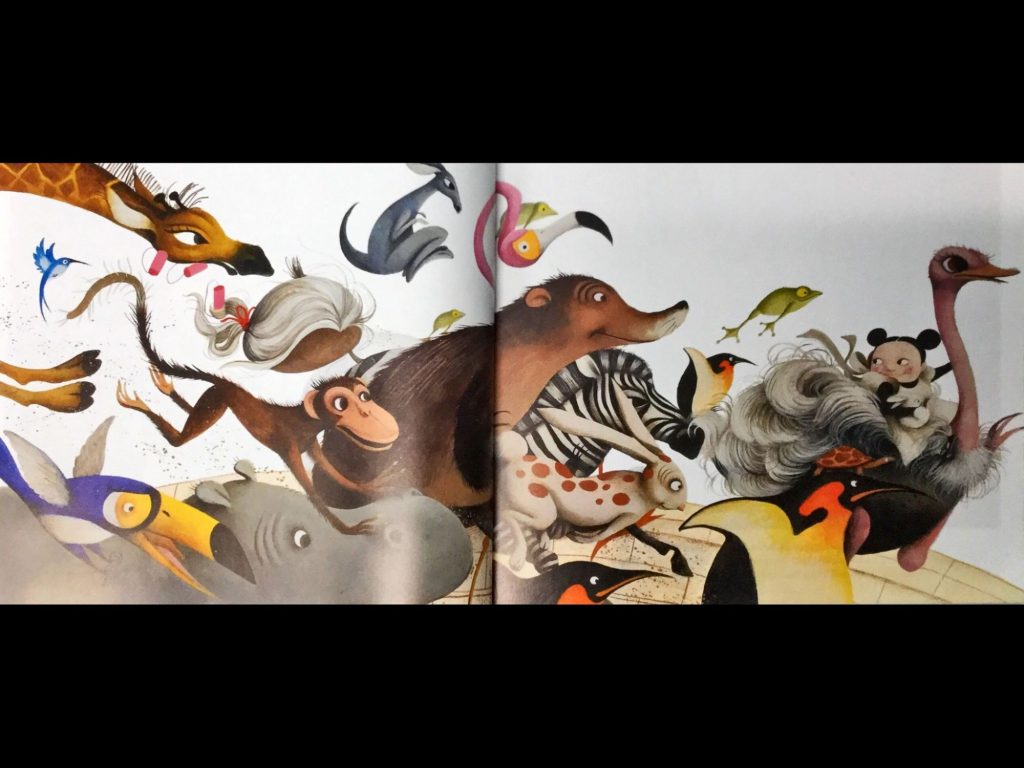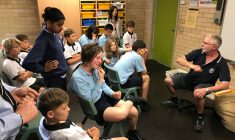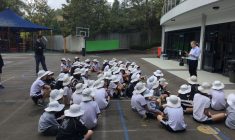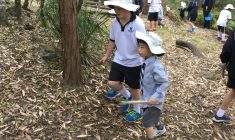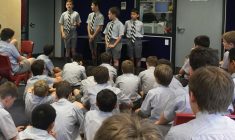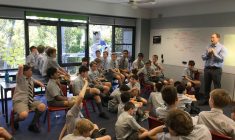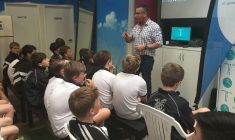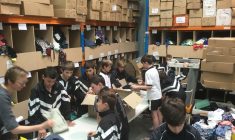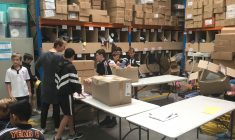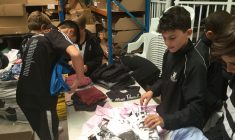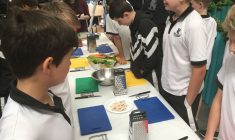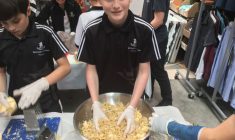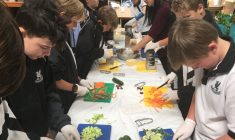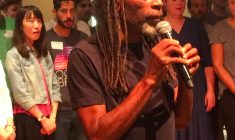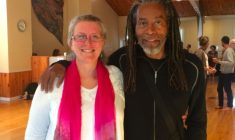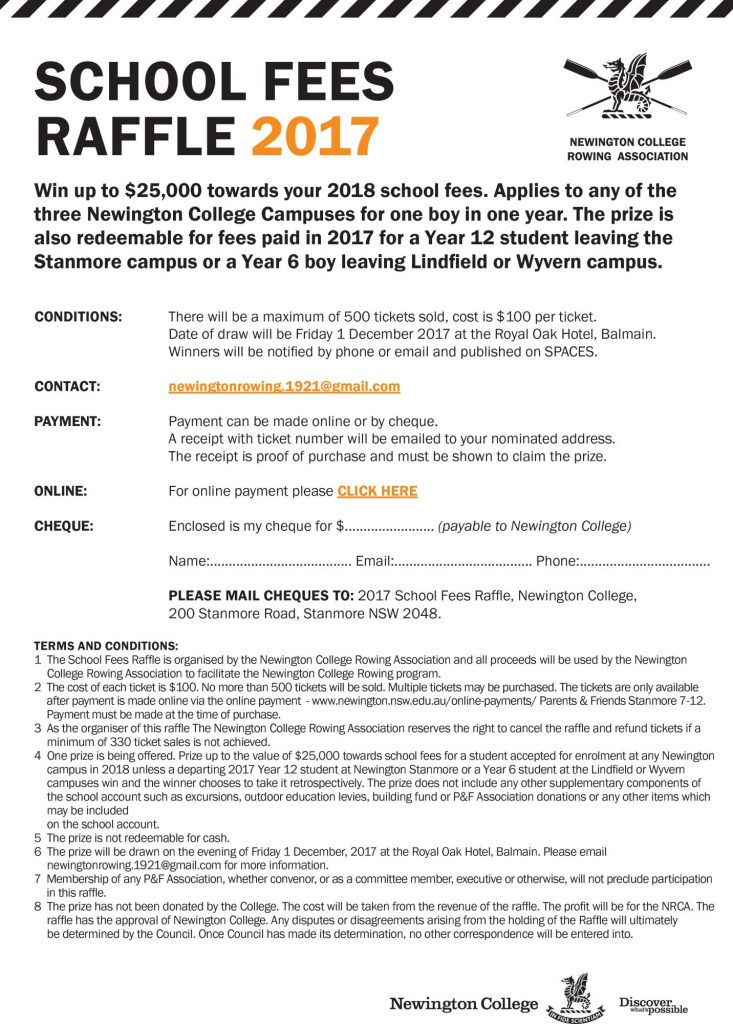A Message from the Head of Lindfield Prep
Life Skills for Older Boys
This issue I want to use an article from School Administrator, found in the Marshall Memo in which the author Julie Lythcott-Haims describes catching herself as she leaned over the dinner table to cut her 10-year-old’s meat. She was a freshman Dean at Stanford University and in the article wondered whether the lack of initiative and efficacy that she witnessed with her first-year students could be traced back to parents doing too much for their children?
With that thought in mind, she compiled a list of basic competencies that she felt every young person needs by age 18. Please read Lythcott-Haims list (set out below) and think how your son’s skills equate in each area.
The point of this Prep Talk offering is to promote discussion and reflection amongst and within our families. Maybe after reading this you feel there are more important life-skills for our children to master over the next couple of years? Maybe Lythcott-Haims is aiming too high or too low, either way it is a good time to evaluate where our boys’ life-skills are at the moment and where to next.
Here is Lythcott-Haims list of life-skills for young people to master by the age of 18:
- Talking to strangers – Dealing respectfully with shop assistants, bank tellers, health care providers, bus drivers, mechanics, teachers, deans, or advisers – with good eye contact – is an important life skill. Perhaps parents spend too much time warning kids not to talk to strangers, versus the more-nuanced skill of picking out the few bad strangers from all the others – and dealing appropriately with the latter.
- Finding their way around – Kids are driven too much, says Lythcott-Haims. They need to know how to get places, make travel plans, and deal with transportation challenges. Something many of our boys who are on trains and buses are very capable of.
- Managing assignments, workloads, and deadlines – Adolescents must learn how to prioritise tasks and get things done without constant reminders. At Newington, Canvas in the older grades and the student diaries in the lower grades introduces our boys to the skill of organisation.
- Contributing to a household – In addition to getting their schoolwork done and participating in extracurricular activities, kids need to do their fair share of household jobs and respect the needs of others.
- Handling interpersonal conflict – Teens shouldn’t always need adults stepping in to solve misunderstandings and soothe hurt feelings. At Lindfield, the 2nd Step program begins to teach skills for our boys to successfully negotiate and solve complex social interactions and situations.
- Coping with life’s ups and downs – This includes dealing with tough teachers and principals, disagreeable people, competition, and challenging academic work.
- Earning and managing money – Adolescents need part-time jobs with a boss who doesn’t necessarily love them, to learn about completing job tasks, accountability, and appreciating the cost and value of stuff they want.
- Persistence – Kids need a “wise understanding that success comes only after trying and failing and trying again,” says Lythcott-Haims. They need grit, thoughtful risk-taking, and resilience.
“Remember, our kids must be able to do all of these things without calling a parent on the phone,” she concludes. “If they’re calling us to ask how, they do not carry that life skill.”
“Eight Skills Every Student Needs by 18” by Julie Lythcott-Haims in School Administrator, September 2017 (Vol. 74, #8, p. 14-15), cited from Marshall Memo, Issue 702, September 11, 2017
http://my.aasa.org/AASA/Resources/SAMag/2017/Sep17/colLythcott-Haims.aspx









